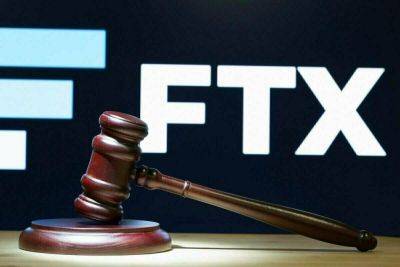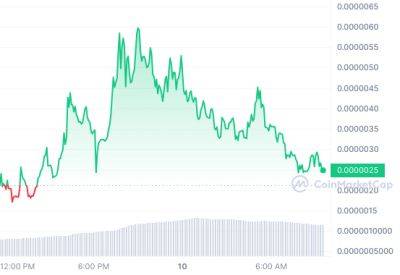There's a growing case for allowing crypto firms to bypass banks
Within 11 days in March, four banks in the United States and one in Switzerland collapsed. First Republic Bank followed in May. Three of the four largest-ever U.S. bank failures occurred in those two months. It was a painful reminder that banks bear significant risks that can quickly spill over to other industries.
Ironically, despite a heavy focus on how the crypto-asset sector could introduce risks to traditional finance, we instead experienced bank failures becoming a critical stability risk to the crypto-asset industry.
Financial regulation should aim to mitigate financial stability risks in the first place and, where possible, limit contagion risks to prevent further damage, independent of the direction of the contagion.
Today, regulated stablecoin issuers are forced to rely on banking partners in order to fulfill the minting and redemption through fiat money. The indirect access to fiat settlement inevitably exposes e-money institutions in the European Union — future issuers of regulated stablecoins, a.k.a e-money tokens — to disproportionate cost and counterparty risk, according to the European Commission’s assessment of the Payment Service Directive (PSD). Ultimately, it constrains innovation and competition in the payments market.
Related: The world could be facing a dark future thanks to CBDCs
Granting regulated fiat stablecoins (e-money tokens in the EU or payment stablecoins in the U.S.) access to central bank accounts would, therefore, not only be a crucial step for the safety of fiat currencies on the internet, but also for payments innovation writ large.
It would allow issuers to eliminate their exposure to risks associated with uninsured deposits and separate high-velocity payments activity in
Read more on cointelegraph.com






















